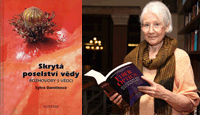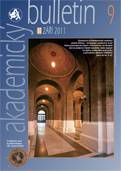For decades, physicists had been trying to understand the surprising results they continued to measure from heating black bodies (a surface that absorbs all frequencies of light that hits it). Try as they might, scientists could not explain the results using classical physics. On December 14, 1900, German theoretical physicist Max Planck (1858–1947) discovered an equation that explained the results of these measurements.
The equation is E=Nhf, with E=energy, N=integer, h=constant, f=frequency. In determining this
equation, Planck came up with the universal constant (h), which is now known as Planck’s constant.
The amazing element of Planck’s explaining was that energy is actually discharged in small packets
(quanta). This new theory of energy revolutionized physics and started time of quantum sciences
such as quantum physics, chemistry, biology etc.
lsd
7 Dec 2010












 Česky
Česky
